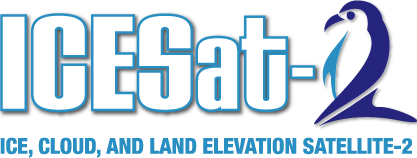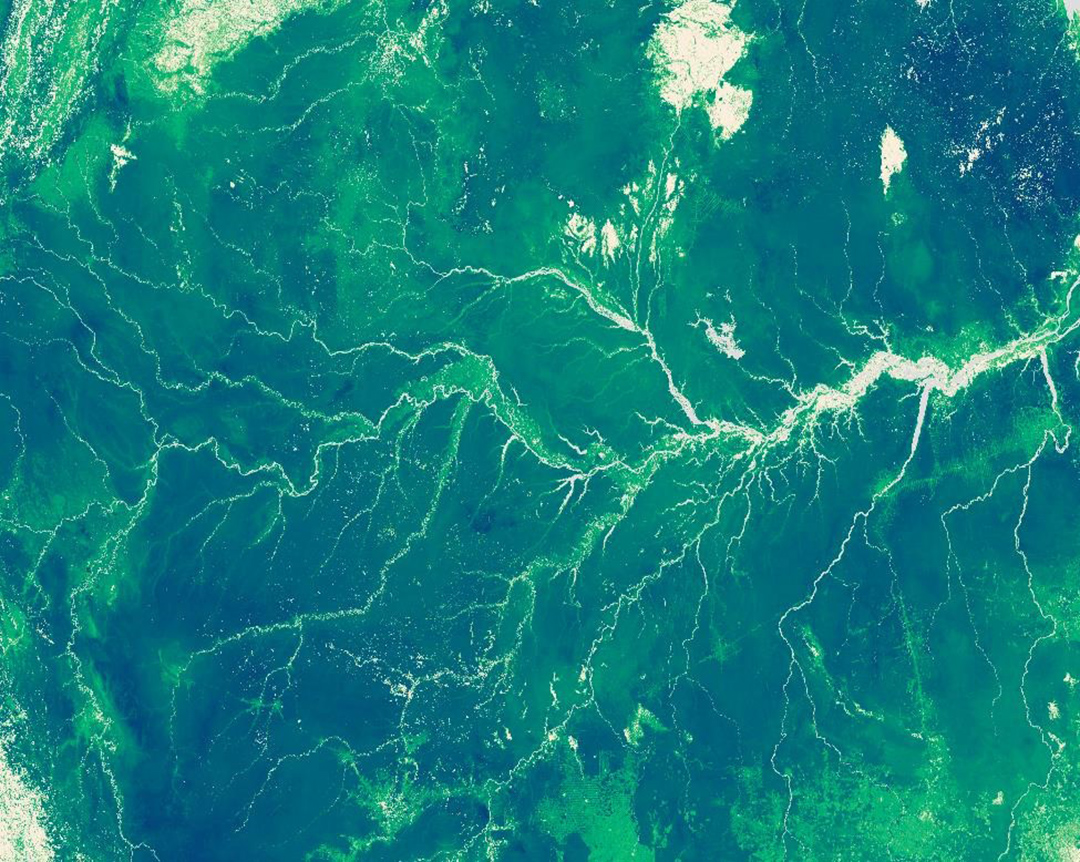What Are Applications?
Applications are defined as innovative uses of mission data products in decision-making activities for societal benefit. Mission Applications take a satellite's data products and expand them into areas where they can help inform policy or decisions. A mission’s "End Users" are the individuals and groups from private sector organizations, industry associations, universities and government agencies who make these decisions. For example, ICESat-2 measurements of reservoir height can indicate the potential for flooding or drought, which local governments could use to regulate water usage.
How Does it Work?
The ICESat-2 Applications Program works in conjunction with the ICESat-2 Project Office to identify and expand its user community during the pre-launch and post-launch phases of the mission. The main goals of this effort are to discover and demonstrate innovative uses and practical benefits of the ICESat-2 observations to maximize the ability of decision-makers to use the data once the satellite is operational.
The relevant communities of end users can be characterized into two groups, (1) the community of practice (those users who traditionally use satellite remote sensing data in processes or decision support) and (2) the community of potential (those individuals who do not currently use the satellite data products but either have applications that could benefit). Individuals or organizations in both communities can be public or private, Federal or local entities, and can have a local, national or international scope for their application.
Specific activities for the applications efforts include (1) hosting interactive workshops, focus sessions and tutorials to engage the community of practice and potential; (2) establishing a pre-launch Early Adopter program and post-launch Applied Users program to demonstrate how ICESat-2 data products can be useful in societally relevant applications; and (3) developing cross-mission activities to establish connections between the ICESat-2 community and other NASA mission communities. Establishing feedback loops between the mission and end-user communities is a fundamental and highly valued component of the ICESat-2 Application Program efforts.
Applied Users
An essential component of post-launch applications efforts is the Applied Users Program. Applied Users provide the mission with key insights on how ICESat-2 observations can be integrated into decision processes of relevance to society. Applied Users are groups and individuals who have a direct or defined need for ICESat-2 data, and who have an interest in using products from the mission to inform key decisions. Through the program, Applied Users investigate how ICESat-2 data could feed into their operational system or decision processes. Check out the work from the latest Applied Users to join the team below!
Tell me more about the Applied Users Program and ICESat-2 Applied Users!
White Papers
With new data from ICESat-2 about Earth's heights, researchers and resource managers anticipate advancements in several applications areas. White papers describe how ICESat-2 measurements can contribute to improve decision making around specific environmental issues. Take a look at some of the examples below!
Get Involved
Explore the latest events hosted or with participation by our Applications Team!







